This blogpost is one of three from Professor Becky Allen, Professor John Jerrim and Dr Sam Sims, reporting findings from Nuffield Foundation-funded research they have conducted into teacher mental wellbeing. It reports new findings based upon recently collected data from the Teacher Tapp survey app. The full report is available here.
There has been much debate about the differential effect that the Covid-19 crisis has had upon men and women. It has been widely reported that women have borne the brunt of childcare and home schooling during lockdown, with many households trying to manage work and family responsibilities at the same time. As a result, it has been suggested that Covid-19 has the potential to be disasterous for gender equality.
The burden of juggling home and work life throughout this crisis has clear potential implications for work-related anxiety. After all, during lockdown, many families had the same amount of time but had to cope with more responsibilities.
In this blogpost, we’ll consider how this played out in the lives of teachers – many of whom were teaching their pupils remotely while also trying to care for their children at home.
Women were more anxious about work during lockdown than men
As described in our first blogpost, we tracked teachers’ work-related anxiety on a scale of zero (not anxious at all) to 10 (extremely anxious about work) throughout the academic year.
In total, 3,034 teachers (858 male and 2,176 female) answered this question the 12 times we asked them about their anxiety between mid-March and the end of June.
Importantly, we also asked teachers about their anxiety levels between January and March before the country went into lockdown, meaning we are able to account for pre-pandemic gender differences in work-related anxiety as well.
The chart below illustrates how raw (unadjusted) gender gaps in work-related anxiety played out during the pandemic.
Notes: the breaks in the data represent Easter and half-term holidays where teachers were less likely to be working.
There are two key points to note.
First, for both men and women, work-related anxiety peaked just before lockdown was announced. The average anxiety score for men was around five out of 10 on 17 March, and six out of 10 for women. But these scores fell by one whole point on the zero to 10 scale by 24 March, the day after lockdown was announced. The trend in work-related anxiety has then been broadly flat thereafter.
Second, the gender gap has been stable throughout the lockdown period. Women have consistently scored around 0.7 points higher on the work-related anxiety scale than men.
Of course, women may be more anxious about work than men during “normal” times. And the data we collected suggested that this is indeed the case.
In the term before the pandemic, female teachers scored higher on the work-related anxiety scales than male teachers (average anxiety scores of 4.07 versus 3.63). Of course, there are differences in male and female teachers’ working lives that aren’t controlled for here, such as women being more likely to work in primary schools than men.
The chart below therefore replots lockdown trends in work-related anxiety for male and female teachers, but now accounting for gender differences in the school phase in which they work, whether they work in a private/state school, age and – critically – pre-Covid-19 anxiety levels.
Notes: Controlling for age, primary/secondary, state/private and pre Covid-19 anxiety levels.
Although the dashed and dotted trend lines are closer together in this second chart than they were in the first, there is still a clear and consistent difference between men and women.
So these factors can explain some – although not all – of the gender gap in work-related anxiety during the pandemic.
This, in turn, implies that the lockdown caused by the Covid-19 crisis led gender differences in work-related anxiety among teachers to increase.
Having children made lockdown even more stressful
Now, as we all know, having children makes everything in life more stressful! Never has this been truer than when you are locked inside your house with them for three whole months – non-stop – while also trying to work…
The chart below illustrates how this played out in the lives of teachers (again, accounting for pre-Covid anxiety levels).
Notes: Controlling for age, primary/secondary, state/private and pre Covid-19 anxiety levels.
As anticipated by any parent, teachers with children at home on average felt more anxious about work throughout lockdown (over and above pre-Covid anxiety levels) – particularly the period between mid-April and mid-May.
However, the gender gap in work-related anxiety is of similar magnitude between those with and without children at home.
In other words, it was not just female teachers with children who felt more stressed about work than men; a clear gender gap can also be observed between men and women who are not parents.
Nevertheless, some big differences exist between groups. For instance, in April and May there was a difference of around 1.5 points on the zero to 10 scale between men without children and women with children. It is also interesting to note that female teachers without children were roughly as anxious about work as men who had children at home (again, conditional upon pre-Covid anxiety levels).
One might also expect there to be a difference between single and two-parent households. Intuitively, it would seem that the burden of combining work and parenting during lockdown would be harder for single parents.
However, we have found that there was actually no difference in work-related anxiety between teachers living in single and two-parent households, as the chart below shows. Throughout lockdown, single-parent teachers seemed to cope with the challenges of juggling their work with their home life just as well as those living with a partner to share the load.
Notes: Controlling for age, primary/secondary, state/private and pre Covid-19 anxiety levels.
Looking into the future
The pandemic is, of course, not yet over. And we don’t really know what this autumn term might bring in terms of local lockdowns and any second wave.
But we do know a lot more about Covid-19 and the impact it has on people. Although most of the focus has of course been on the physical health impacts, we are also developing a better understanding of the mental health implications.
This blogpost has illustrated the particular challenges of work-related anxiety for female teachers, and particularly those with children.
In the event of a widespread second wave – and of further lockdowns – school leaders and education policymakers should do all they can to ease the burden upon this group.
The project has been funded by the Nuffield Foundation, but the views expressed are those of the authors and not necessarily the Foundation. Visit www.nuffieldfoundation.org.
Want to stay up-to-date with the latest research from FFT Education Datalab? Sign up to Datalab’s mailing list to get notifications about new blogposts, or to receive the team’s half-termly newsletter.

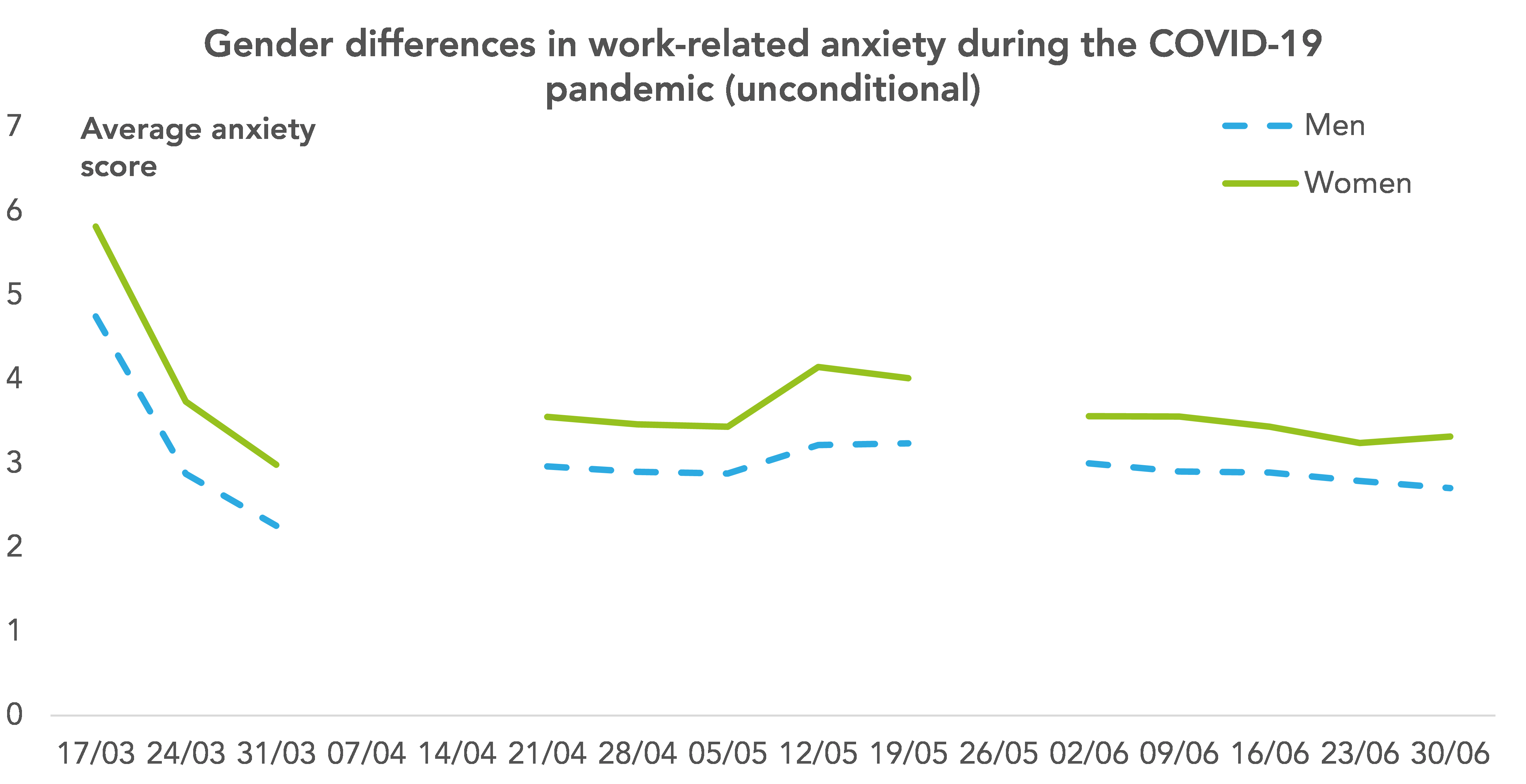

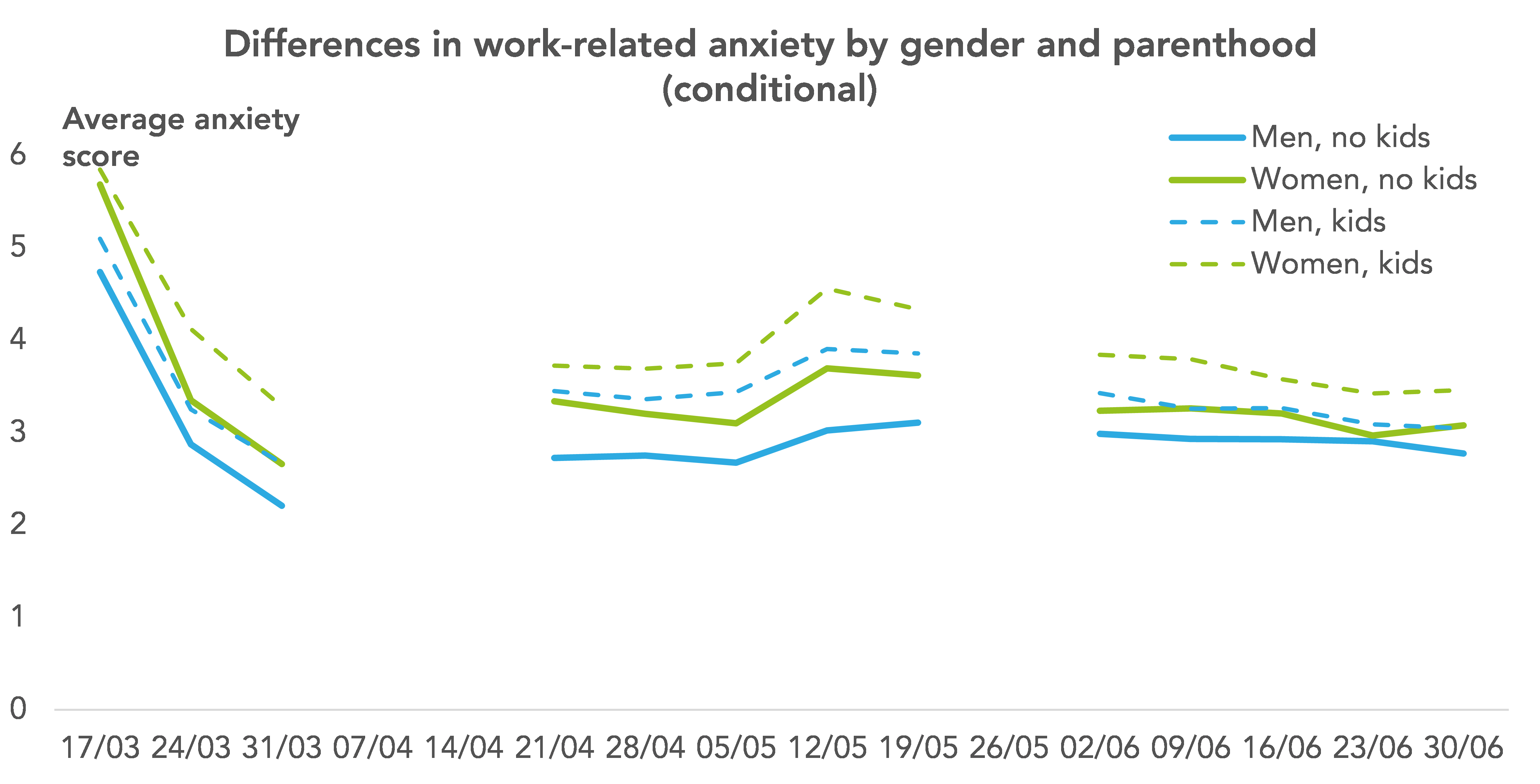
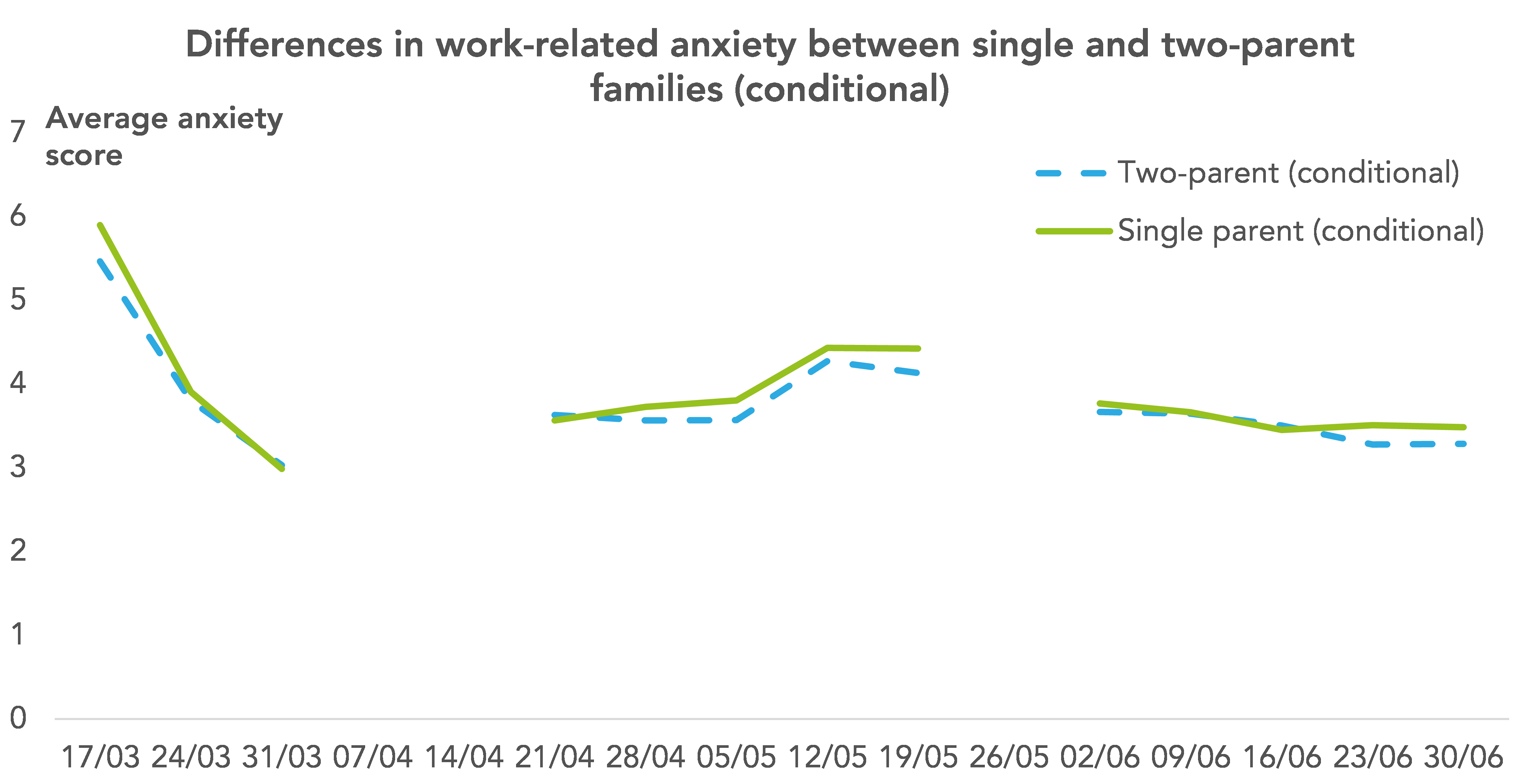

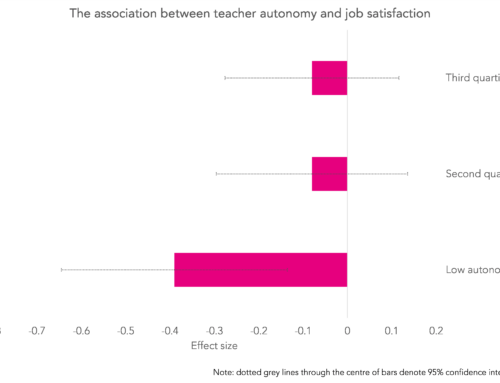


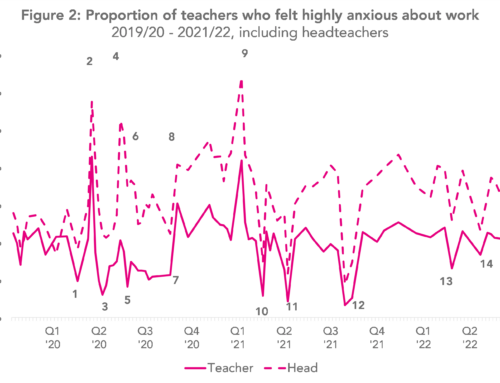
Leave A Comment